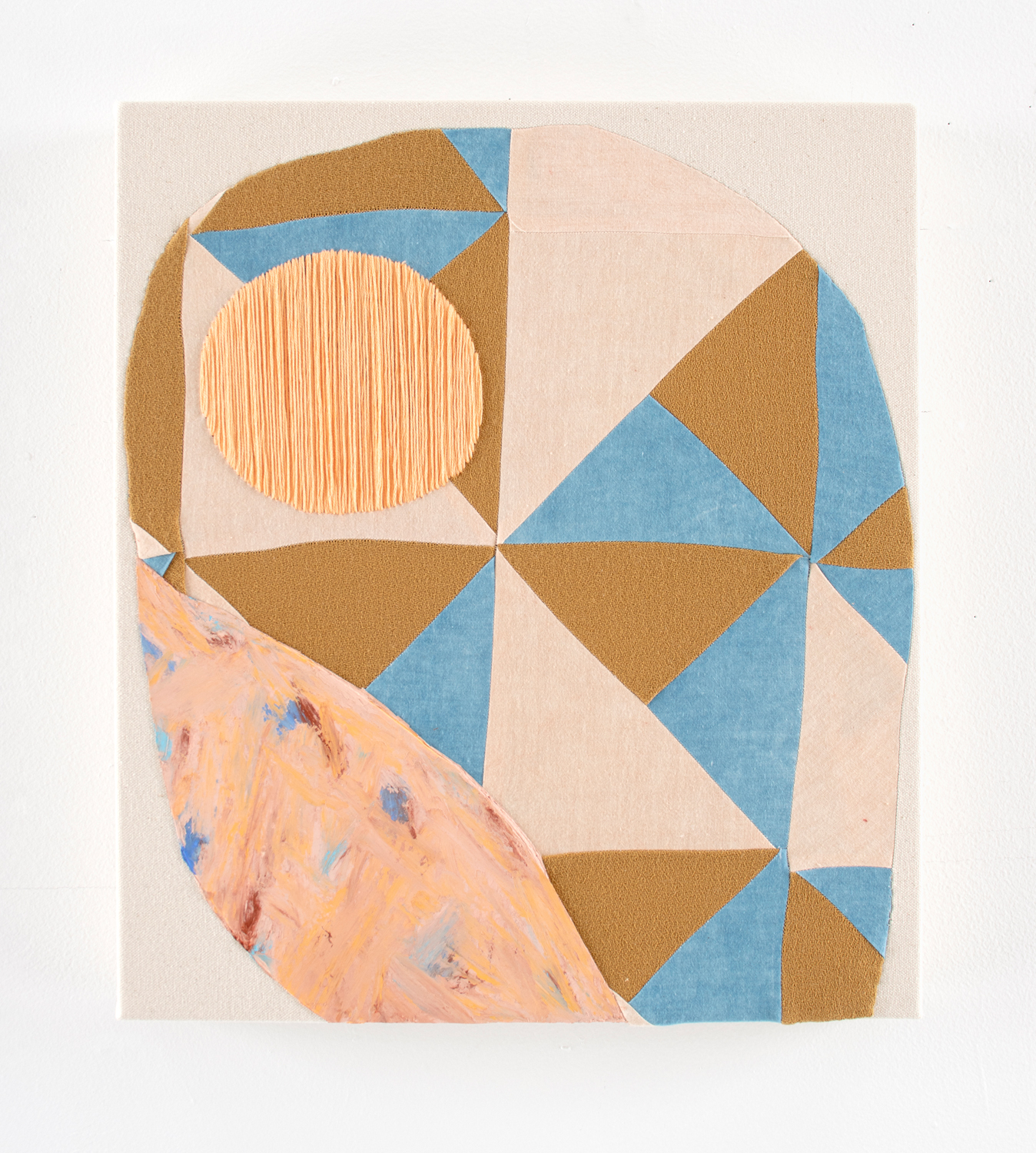The popular practice of reviving ancient and traditional crafts in contemporary art is nothing new; age-old techniques have become ubiquitous across the art market and in museums and galleries alike. The reemergence of such methods has been described as a gesture towards something more certain and tangible in a troubled time, or a means of rejecting the digital in favor of the handmade. The popularity of crafting also signals the shifting away from rigid perceptions of “high” and “low” art forms and of the gender, sex, and race of people who make them. Crafts represent a genuine intersection that resonates with the present moment.
And yet, amid the clamor for craft in the art world, some of the details of these traditional techniques have been lost. While artists like Anni Albers were forced into their craft “unenthusiastically,” artists working today are choosing to engage with craft with intent and purpose, and to represent the specific origins in time and place of their chosen technique. There are many more stories to be discovered in the ways artists are adopting and adapting their ancestors’ traditions, and much to be learned by understanding the roots of these processes, as well as the social and political circumstances that have conditioned them. Here, six contemporary artists recount how and why they work with traditional crafts and what the techniques they use—often inherited through their families—mean to them.
Amanda Valdez




by Charlotte Jansen
